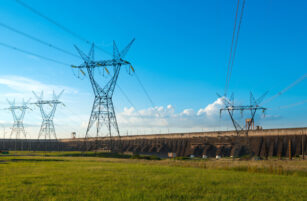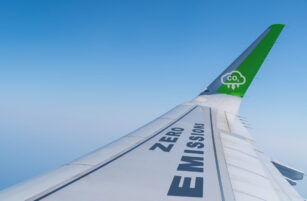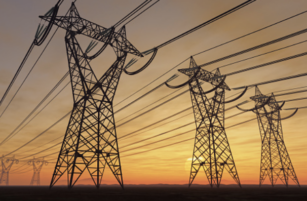Insight Focus
While SAF is big business these days, there are always risks associated with these kinds of large transactions. You should understand the key indicators – and any red flags — to look out for when buying SAF.
So, you want to buy some SAF? How do you know you’re getting some? How do you know that it’s a bona fide sustainable fuel? How do you know that you’re the only one who is claiming the environmental benefits and that there isn’t double counting going on?
The answer, as ever, is nuanced, but there are five points to bear in mind.
Tick Off the Checklist
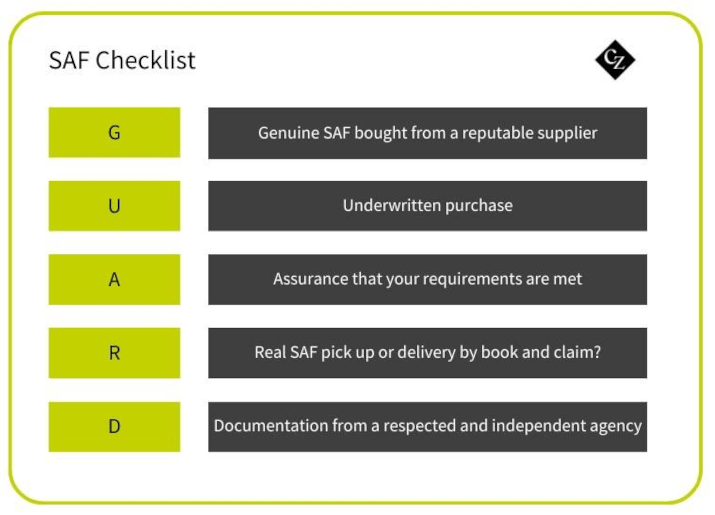
1. Make sure it’s Genuine SAF and buy from a reputable supplier.
This means asking them questions about the provenance of their SAF. There are plenty of good suppliers around who are keen to protect their reputations. Also, gather feedback from those who take delivery of the fuel – did it all transpire without incident?
2. Ensure that the quality of the fuel is backed up by paperwork to Underwrite the purchase.
Aviation fuel handling has always required plenty of paperwork and SAF is no exception. Certainly, for the first purchases, physically check the certificates of manufacture and blending to ensure that the rules are being followed.
Remember there are only eight permitted pathways to make the synthetic blending components that underpin SAF and your paperwork must identify which one(s) are in your SAF.
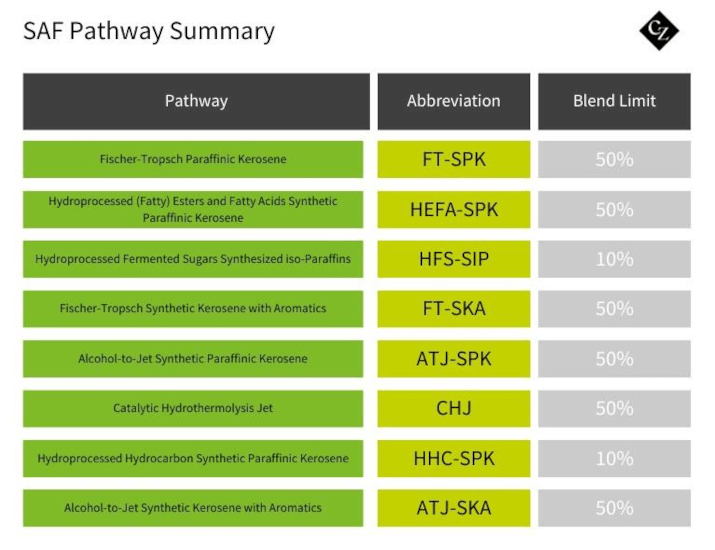
3. Assure yourself that the sustainability numbers and the carbon intensity reduction meet your requirements.
There is extra effort and cost with SAF, so you need to make sure the sustainability makes the grade and is worth your while. Avoid buying SAF that is of marginal benefit
4. Are you going to pick up Real SAF, or is it going to be delivered via book and claim?
If book and claim, make sure this is going to be a valid transaction in the region where you are going to report the SAF. Also, make sure the register is robust and immutable so that the risk of a questionable or fraudulent transaction is eliminated and the benefits you have paid for are real and unique.
5. Make sure you Document the transaction through a respected and independent agency.
Look around and choose the entity that best meets your requirements. Ask your supplier for their view on how to ensure there is no dispute over the veracity of any SAF submission. You can also speak to an authority on how to do this or read up on their website.
The acronym from the five points laid out here spells GUARD, which helps us focus on the risks with SAF. Make sure you buy the right grade of SAF and that your evidential paperwork underwrites this and GUARD against pitfalls identified above. Time spent on this assurance is time spent wisely.
Next time, we will look at the common failure points in the world of SAF.


